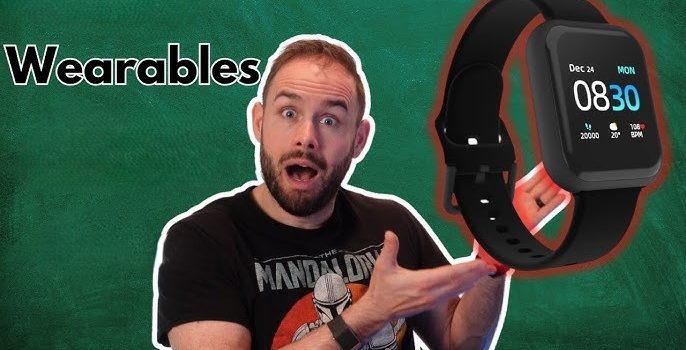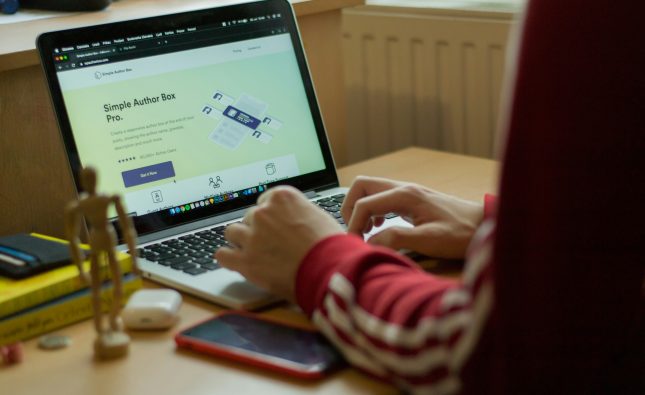
Introduction
In today’s busy world, we all worry about how stress affects our health and whether we’re getting enough sleep. Thanks to technology, we now have tools to help. Biometric wearables, like smartwatches and rings, give us important information about our health, including sleep and stress levels. These devices track things like heart rate, breathing, and even skin temperature, helping us understand how our bodies are doing.
It’s tough to figure out on our own how well we’re sleeping or what causes stress. These gadgets make it easier by giving us real data. They allow us to see how our bodies react to daily life, so we can make better choices for our health. In this article, we’ll explore how these devices work, why they’re so helpful, and how you can use them to feel better.
What Are Biometric Wearables?
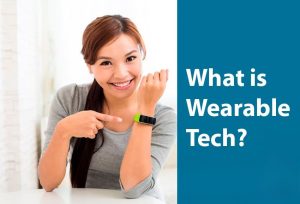
Biometric wearables are devices that you wear, like watches, rings, or bands, to measure your health. They track things like your heart rate, sleep, activity, and stress. These devices use smart sensors to collect information and give you a clear picture of your health.
The great thing about them is that they’re easy to use. You don’t need to be a tech expert! Examples include smartwatches that track your steps or monitor your sleep. Some rings even show you how ready you are to take on the day by looking at how well you recovered during the night. These devices help us move from guessing to knowing, making it easier to improve our sleep, stress levels, and overall health.
How Biometric Wearables Track Sleep
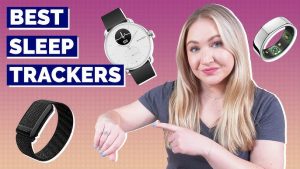
One of the primary benefits of biometric wearables is their ability to monitor sleep. Good quality sleep is essential for both mental and physical health, and understanding how well you’re sleeping can have a significant impact on improving your lifestyle. Biometric wearables track various sleep metrics, including:
- Sleep Duration: The total amount of time you spend asleep during the night.
- Sleep Stages: The different phases of sleep, including light sleep, deep sleep, and REM sleep.
- Sleep Quality: The overall effectiveness of your sleep based on factors like movement, interruptions, and consistency.
- Heart Rate Variability (HRV): A key indicator of your body’s response to stress and recovery during sleep.
Many wearables also feature smart alarms that wake you up during the lightest phase of your sleep cycle, making it easier to get up feeling refreshed and energized.
Stress Monitoring: The Next Step

Stress tracking is another big feature. Newer biometric wearables can detect stress by looking at changes in your heart rate. When you’re stressed, your heart rate speeds up and becomes less regular. These devices can detect this and give you a stress score. Some can even measure how much sweat your skin produces, which also increases when you’re anxious.
By knowing when your stress spikes, you can try to figure out what causes it. It might be your morning rush or a stressful commute. This awareness helps you plan breaks, do breathing exercises, or relax before things get too stressful. Over time, this can help you cope better and lower stress. Instead of just feeling stressed, you have data to understand and manage it.
Tips for Better Use of Wearables
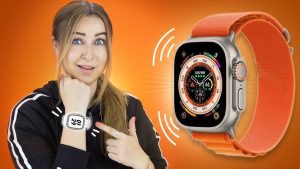
To get the most out of your device, set clear goals. For example, if your sleep isn’t great, aim for a regular bedtime. If you’re stressed, try breathing exercises whenever your device shows that your stress is high. Tracking your data without a plan won’t help, so make sure you have a strategy.
You can also combine your wearable with other healthy habits. For example, use your watch’s alarm to remind you to do yoga before bed. If your steps are low, try taking a walk outdoors. By using your device to guide other positive changes, you can improve your overall health.
Finally, be patient. It might take weeks to see big changes in your sleep or stress levels. Don’t get discouraged by bad days. Your body is always changing based on things like your diet, daily events, and even the weather. Keep using your device and focus on long-term trends, not just one day’s data.
Potential Limitations to Keep in Mind
While biometric wearables have reshaped our approach to sleep tracking and stress management, they’re not perfect. First, accuracy varies. Some devices excel at reading HRV, while others might overestimate calories burned or misjudge certain sleep stages. Research has improved these tools significantly, but variations in skin tone, tattoo placement, and even temperature can affect sensor reliability.
Second, data overload is a risk. Having streams of information on heart rate, breathing, and rest patterns can overwhelm if you’re not careful. Knowing how to interpret or prioritize the information is crucial. Over-focusing on daily fluctuations might create new anxieties rather than solutions.
Lastly, these gadgets often rely on rechargeable batteries. Not everyone wants another device to charge nightly or weekly. If the battery dies mid-sleep, you lose a full night’s data. Some advanced smart rings offer longer battery life, but nothing is perfect. To maintain a balanced perspective, treat these readings as helpful guides, not absolute truths.
The Future of Sleep & Stress Tracking
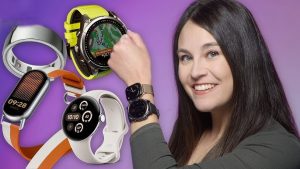
The future of biometric wearables looks bright. New devices might include sensors that track blood pressure or even detect sleep disorders earlier. Some experts think we’ll see more medical-grade wearables that help doctors monitor patients in real-time. This could lead to faster diagnoses and better care.
As technology improves, these wearables will get even better at helping us understand and improve our health. Soon, we might be able to track more than just sleep and stress. By using wearables to understand our bodies, we can take better care of ourselves and lead healthier, happier lives.
Comparative Table: Key Wearable Features for Sleep & Stress Analysis
| Feature | How It Works | Benefit for Sleep & Stress Tracking |
|---|---|---|
| Accelerometer | Detects movement in real time | Shows restless or light sleep |
| Heart Rate Sensor | Measures pulse using light-based tech | Tracks heart rate changes during stress |
| HRV Monitoring | Checks variations in heartbeats | Indicates stress and recovery quality |
| Galvanic Skin Response | Measures sweat activity | Detects stress or emotional changes |
| Temperature Sensor | Records changes in skin warmth | Helps identify sleep stages and disruptions |
Conclusion
Biometric wearables have changed the way we track sleep and stress. These devices give us real data to help us make healthier choices. By using the data to improve our routines, we can boost our sleep, reduce stress, and feel better overall. As technology advances, these wearables will keep improving, making it easier to take care of our bodies.








